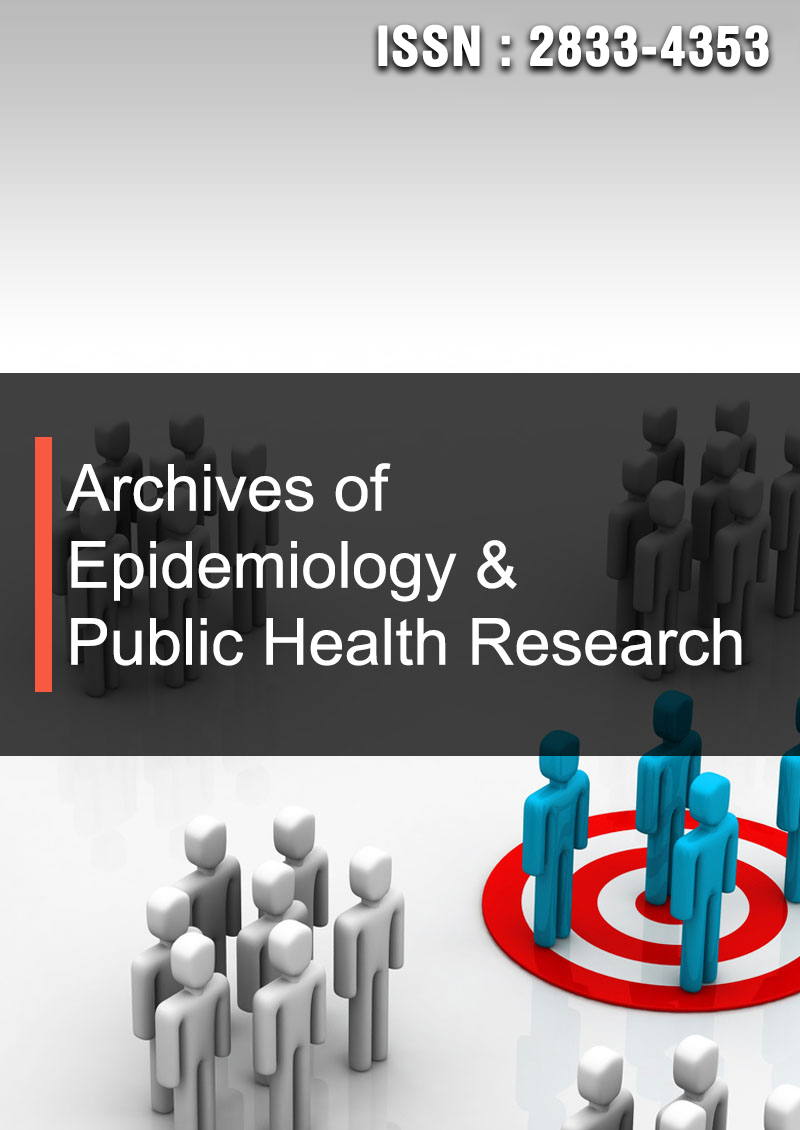Relationships Between Iodine and Some Trace Elements in Normal Thyroid of Males Investigated by Neutron Activation Analysis
Abstract
Vladimir Zaichick
Thyroid diseases rank second among endocrine disorders, and prevalence of the diseases is higher in the elderly as compared to the younger population. An excess or deficiency of trace element contents in thyroid play important role in goitro- and carcinogenesis of gland. The correlations with age of the ten trace element (TE) contents (Ag, Co, Cr, Fe, Hg, Rb, Sb, Sc, Se, and Zn), I/Ag, I/Co, I/Cr, I/Fe, I/Hg, I/Rb, I/Sb, I/Sc, I/Se, and I/Zn content ratios, and inter relationships between TE contents and I/TE content ratios in normal thyroid of 73 males (mean age 37.3 years, range 2.0-80) was investigated by neutron activation analysis. Our data reveal that the I and Se content, as well as the I/Cr and I/Rb content ratio increase in the normal thyroid of male during a lifespan. Therefore, a goitrogenic and tumorogenic effect of excessive I and Se level in the thyroid of old males and of disturbance in intrathyroidal I/Cr and I/Rb relationships with increasing age may be assumed. Furthermore, it was found that the levels of Ag, Co, Cr, Fe, Hg, Rb, Sb, Se, and Zn in the thyroid gland are interconnected and depend on the content of I in it. Because I plays a decisive role in the function of the thyroid gland, the data obtained allow us to conclude that, along with I, such TEs as Ag, Co, Cr, Fe, Hg, Rb, Sb, Se, and Zn, if not directly, then indirectly, are involved in the process of thyroid hormone synthesis.



